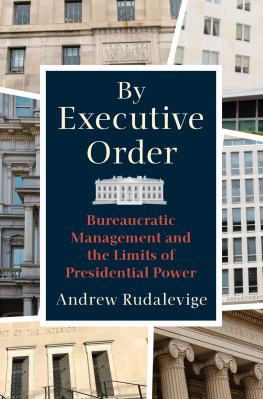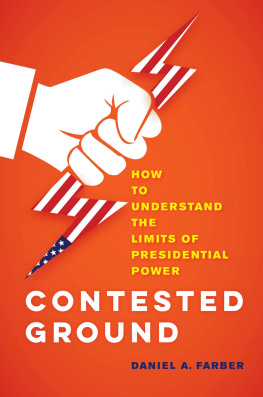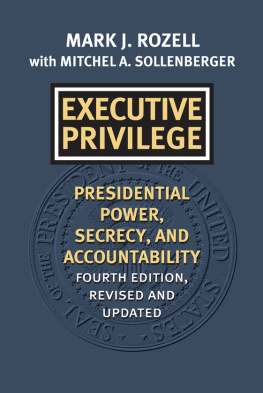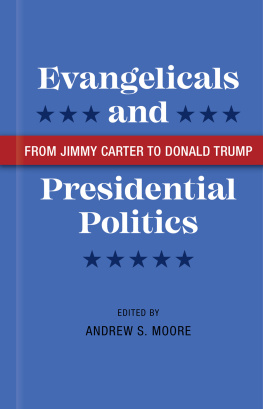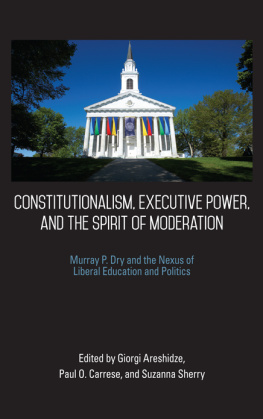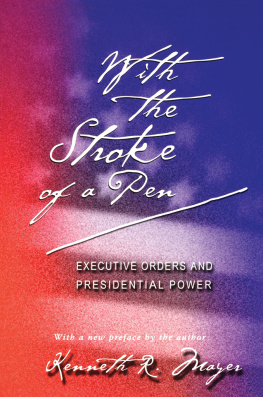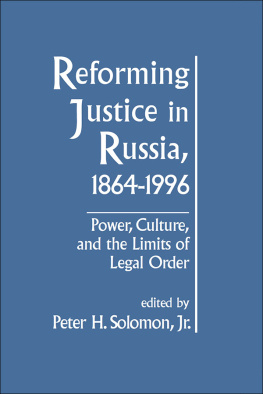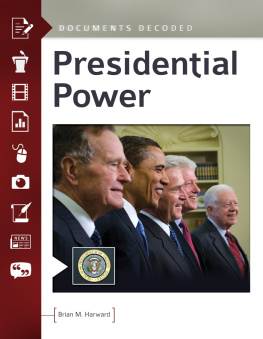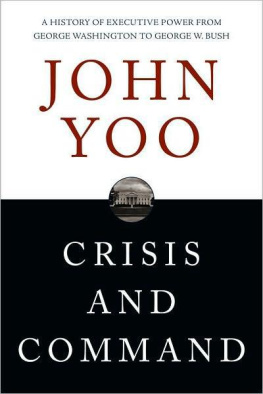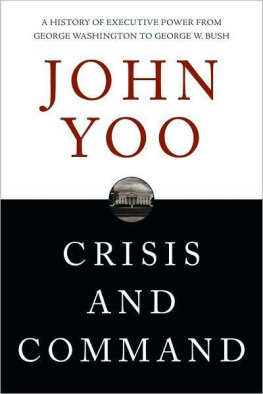Copyright 2021 by Princeton University Press
Princeton University Press is committed to the protection of copyright and the intellectual property our authors entrust to us. Copyright promotes the progress and integrity of knowledge. Thank you for supporting free speech and the global exchange of ideas by purchasing an authorized edition of this book. If you wish to reproduce or distribute any part of it in any form, please obtain permission.
Requests for permission to reproduce material from this work should be sent to
Published by Princeton University Press
41 William Street, Princeton, New Jersey 08540
6 Oxford Street, Woodstock, Oxfordshire OX20 1TR
press.princeton.edu
All Rights Reserved
Library of Congress Control Number: 2021930515
ISBN 978-0-691-19435-6
ISBN (pbk.) 978-0-691-19436-3
ISBN (e-book) 978-0-691-20371-3
Version 1.0
British Library Cataloging-in-Publication Data is available
Editorial: Bridget Flannery-McCoy and Alena Chekanov
Production Editorial: Jill Harris
Cover Design: Pamela L. Schnitter
Production: Brigid Ackerman
Publicity: Kate Hensley and Kathryn Stevens
Cover images: Shutterstock
PREFACE AND ACKNOWLEDGMENTS
BACK IN 1904, Edward Stanwood introduced his History of the Presidency by saying he refused to include an account of the development of the presidential office. After all, he argued, there has been no such development to record, since the office is now what it was in the time of Washingtonneither of greater nor of less weight in the government than it was then.
Even if Stanwood was right then (and while I hate to impugn a distinguished alumnus of my present employer, he was not), it would be hard to arrive at the same conclusion now. The growth of the presidency during the twentieth century tracked the immense growth of the American administrative state, combining affirmative statutory delegation and de facto legislative lassitude to structure what Arthur M. Schlesinger Jr. enduringly dubbed the imperial presidency. In recent years students of the American presidency have returned to the study of formal authority and unilateral possibility, even before real-life eventsespecially the terrorist attacks of September 11, 2001ramped up the stakes for presidential leadership and the legitimacy of enhanced unilateralism.
The scholarship on presidential directives has expanded concurrently, exploring the empirics and (albeit slightly later) theories of unilateral action. Forty-five years ago a leading textbook on the presidency might omit the term executive orders even from its index; these days it would be more likely to carve out a full chapter devoted to the topic. The first wave of research focused on tallying executive orders and identifying political contexts (such as divided government or presidential approval levels) associated with their issuance. Later work has added both analytical breadth and theoretical nuance, examining executive orders substance and divergent significance, reaching past executive orders to other presidential directives, and uncovering other actors with an effect on the decision making behind unilateral action.
This book centers on that last point. It adds back into the presidents political environment a player at once critical and, to date, largely ignored: the executive branch itself. Most of our research starts when an order is issued, having sprung into beingif not from thin air, exactly, then at least without much reference to any formulation process. That process is irrelevant if presidents are in ultimate control of a branch of government that faces no collective action problems and thus no managerial transaction costs in producing executive orders that align with presidential preferences. But is that the case? In these pages I will argue (and, I hope, demonstrate) that even in initiatives achieved by executive order, bureaucratic politics are crucial to how policy is madethat even in what we term unilateralism, there is pluralism. That is, presidents need to manage the executive branch to produce executive actions. Tracking how that management works, both in theory and in practice, is the theme of much of what follows.
Doing so highlights the importance of bureaucratic influence in presidential policymaking. That influence can be negative, even stifling, and of course all presidents on occasion see the bureaucracy as an obstacle to be overcome rather than a resource. But agencies sway ultimately flows from their substantive knowledge, the result of long public investment in neutral expertise. Politics and administration are hardly distinct in the way Woodrow Wilson once seemed to hope; but administrative expertise can be managed by smart presidents in a way that benefits both politics and polity. Both governance and political standing, that is, can spring from bettermore coherent, more competentpolicy. Such a claim, written during the Trump administration, must acknowledge that presidents do not always recognize those benefits and may even be hostile to this premise. Yet that very example shows why undermining bureaucratic capacity broadly runs counter even to a presidents short-term interests: surely President Trump would have received an electoral boost from an informed response to the coronavirus crisis. I hope this book will help future chief executives understand that while a well-managed executive branch may complicate the meaning of unilateralism, it can simplify the overwhelming job of serving as president.
The book itself originated from discovering archival files detailing the fate of executive orders in the course of a different research project, an institutional history of the Office of Management and Budget. If I ever thought spinning off a small research topic from a ridiculously large one guaranteed rapid completion, I have learned my lesson. But this books long gestation did allow me the privilege of accumulating the scholarly debts that make the academic life worthwhile. It is a pleasure to acknowledge some of them now.
For instance, it seems possible that some version of this research has been inflicted on every member of the Presidents and Executive Politics section of the American Political Science Association (or even of APSA itself): various iterations were presented at annual meetings of APSA, the Midwest Political Science Association, and the American Politics Group (part of the UKs Political Studies Association); at Bowdoin College, Clemson University, Hofstra University, and Vanderbilt University; and at research symposia on executive power hosted successively by Princeton University, the University of Michigan, Washington University in St. Louis, and the University of Houston.
I am grateful to all those who organized or took part in any of those or related conversations; I appreciate immensely both their interest and their constructive feedback, as well as the data and relevant work in progress so many shared. Thanks to all, including Eddie Ashbee, Matt Beckmann, Michelle Belco, Tony Bertelli, Boris Bershteyn, Meena Bose, Fang-Yi Chiou, Barry Clendenin, Jeff Cohen, Robert Cooper, Matt Dickinson, Mike Franz, Clodagh Harrington, Tom Hitter, Gary Hollibaugh, Will Howell, Karen Hult, Jeff Jenkins, George Krause, Doug Kriner, Dave Lewis, Kenneth Lowande, Cal Mackenzie, John Maltese, Bernie Martin, Ken Mayer, Nolan McCarty, Sid Milkis, Terry Moe, Yu Ouyang, Joe Pika, Rachel Potter, Andrew Reeves, Jon Rogowski, Brandon Rottinghaus, Wayne Steger, Sharece Thrower, Matt Vaeth, Justin Vaughn, Alex Waddan, Adam Warber, Geovette Washington, Jeffrey Weinberg, and Andy Wroe. The book is far stronger for their expertise and their probing what-ifs that drove me toward better questions and new evidence. (And also for the beer that accompanied many of these discussions.) I need to single out several of the individuals just named for their hugely helpful feedback over many years and just as importantly for their friendship. For substantive, methodological, career, Red Sox, Premier League, fish sandwich, child-rearing, and more than their share of executive orderrelated advice, all of it jumbled togetherMatt Dickinson, Will Howell, George Krause, and especially Dave Lewis, thank you.

